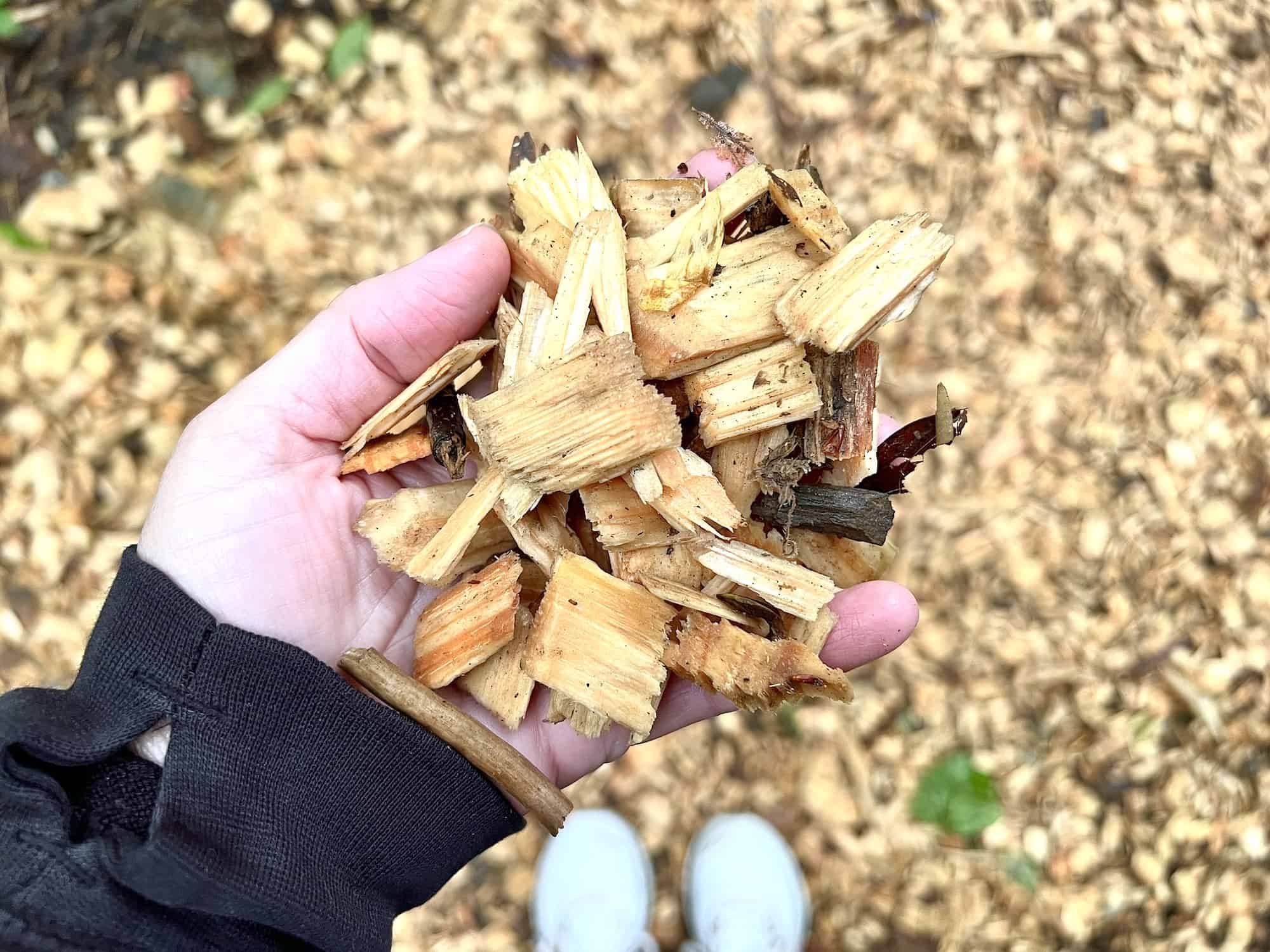Introduction to Wood Chips
Wood Chips are one of the most versatile and eco-friendly materials you can use in your garden and landscaping projects. They are made by chipping down branches, logs, or trees into small pieces, creating a natural product that can be used for various purposes. Gardeners, landscapers, and homeowners prefer Wood Chips because they improve soil quality, retain moisture, and add a decorative touch to outdoor spaces. At Biomass Wood Pellets, we understand the value of Wood Chips for sustainable gardening and offer high-quality solutions for both small and large-scale projects.
Benefits of Using Wood Chips in Gardens
Using Wood Chips in your garden provides several advantages. First, they act as a natural mulch that helps suppress weeds and reduce the need for chemical herbicides. Second, Wood Chips insulate the soil, keeping it cooler in summer and warmer in winter. Third, they slowly break down over time, adding organic matter to the soil and enriching it with nutrients. This makes Wood Chips a perfect choice for gardeners who want healthier plants without relying heavily on synthetic fertilizers.
Wood Chips for Landscaping Design
In landscaping, Wood Chips are not just practical but also visually appealing. They create neat, clean pathways, highlight flower beds, and provide a uniform look across the yard. By spreading Wood Chips around trees, shrubs, or borders, you can achieve a polished and professional design. Additionally, Wood Chips come in different types, such as hardwood chips, softwood chips, and bark chips, giving landscapers the flexibility to match aesthetics with functionality.
Different Types of Wood Chips
Not all Wood Chips are the same, and choosing the right type depends on your gardening and landscaping needs. Hardwood chips are durable and take longer to decompose, making them excellent for pathways and long-term mulching. Softwood chips, such as pine, decompose faster and are ideal for enriching garden soil. Bark chips are often used for decorative purposes, adding a natural, rustic charm to landscapes. Understanding these options helps you make the best use of Wood Chips in your outdoor projects.
How Wood Chips Improve Soil Health
One of the greatest benefits of Wood Chips is their ability to improve soil structure and fertility. When applied as mulch, Wood Chips reduce evaporation, keeping the soil moist for longer periods. As they decompose, they feed the soil with carbon and nutrients, creating a healthier environment for roots to grow. This process not only enhances soil aeration but also supports beneficial microorganisms. For anyone looking to build a sustainable garden, Wood Chips are an excellent long-term investment.
Wood Chips for Moisture Retention
Keeping soil moist is essential for plant growth, especially in hot and dry climates. Wood Chips act as a protective layer, preventing water from evaporating too quickly. This helps reduce the frequency of watering, saving both time and resources. By using Wood Chips, homeowners and gardeners can maintain consistent soil moisture levels, ensuring stronger plant growth and better yields.
Weed Control with Wood Chips
Weeds can quickly take over a garden, but Wood Chips provide a natural solution for weed control. A thick layer of Wood Chips blocks sunlight from reaching the soil surface, making it difficult for weeds to germinate. Unlike chemical weed killers, Wood Chips are safe for plants, pets, and the environment. This eco-friendly method of weed suppression makes Wood Chips a must-have for sustainable gardening practices.
Decorative Uses of Wood Chips
Wood Chips are not only functional but also decorative. They can be used to create visually appealing garden paths, playground surfaces, and flower bed borders. Different colored Wood Chips, such as natural brown, red, or black, allow homeowners to enhance the appearance of their landscape design. This decorative flexibility is one of the reasons why Wood Chips are so popular in landscaping projects.
Best Practices for Applying Wood Chips
To maximize the benefits of Wood Chips, it is important to apply them correctly. Experts recommend spreading a 2–4 inch layer of Wood Chips around plants, leaving a small gap around stems and trunks to prevent rot. Regular replenishment ensures that the Wood Chips remain effective for moisture retention and weed suppression. Proper application techniques can extend the lifespan of Wood Chips in your garden.
Choosing the Best Wood Chips for Your Needs
When selecting Wood Chips, consider your specific gardening or landscaping goals. For pathways and high-traffic areas, hardwood chips are the best choice due to their durability. For vegetable gardens and flower beds, softwood chips provide better soil enrichment. If aesthetics are a priority, colored bark chips can add beauty to your outdoor space. Biomass Wood Pellets offers premium Wood Chips suitable for all these purposes, making it easy for you to find the right option.
Conclusion: Why Choose Wood Chips
Wood Chips are a sustainable, cost-effective, and attractive solution for both gardening and landscaping. They improve soil health, conserve moisture, control weeds, and enhance the overall beauty of outdoor spaces. Whether you are a home gardener, a landscaper, or a property owner, investing in quality Wood Chips can transform your outdoor environment. At Biomass Wood Pellets, we provide high-quality Wood Chips designed to meet your specific needs, ensuring that your garden or landscape thrives naturally.



